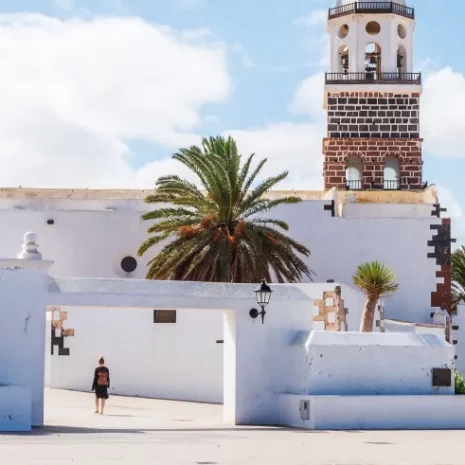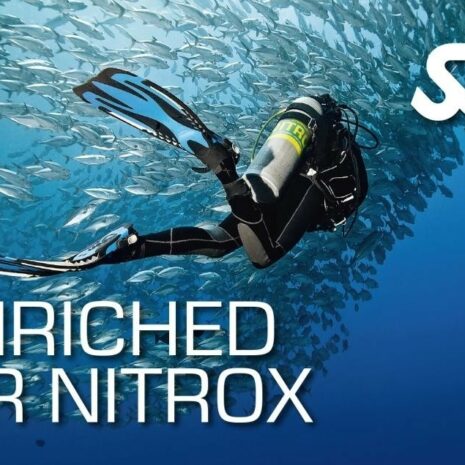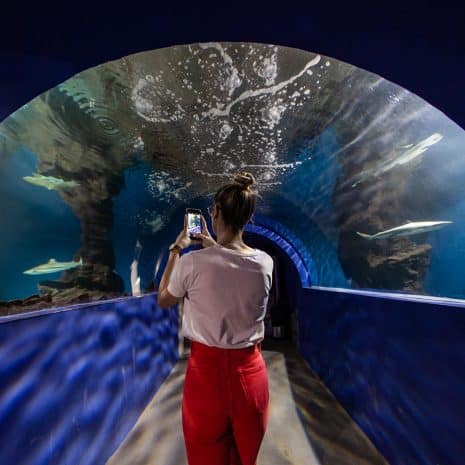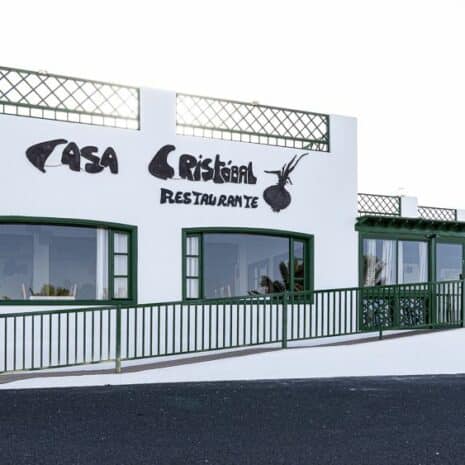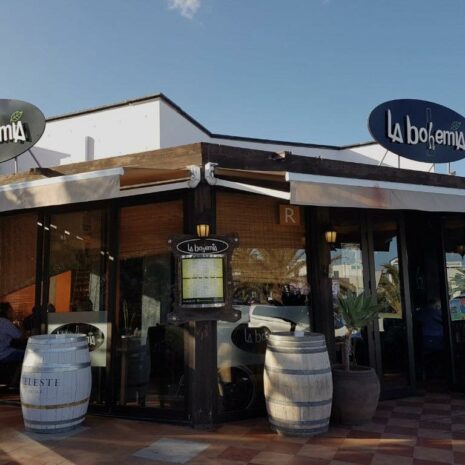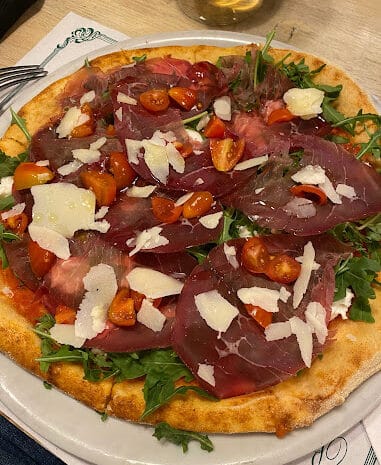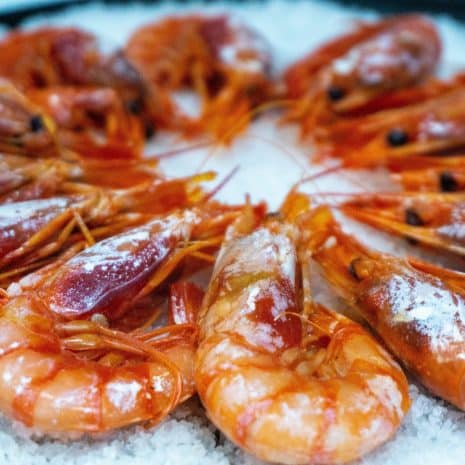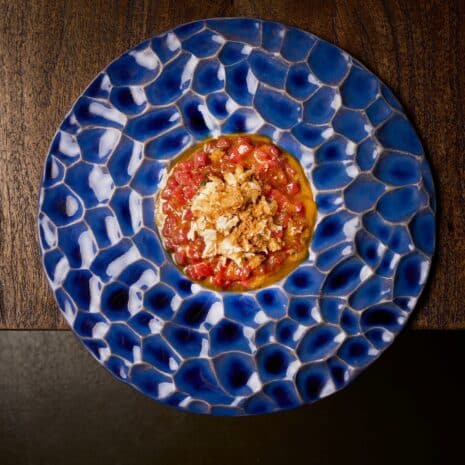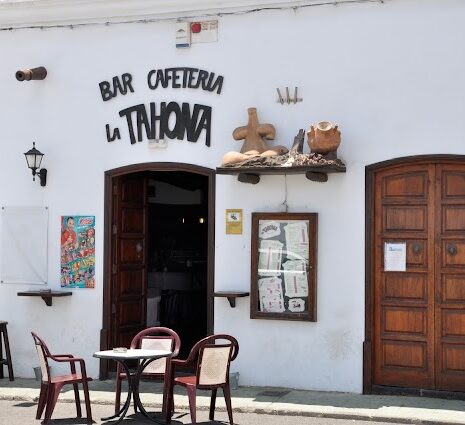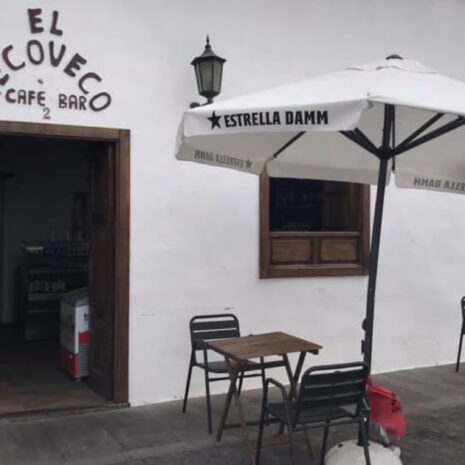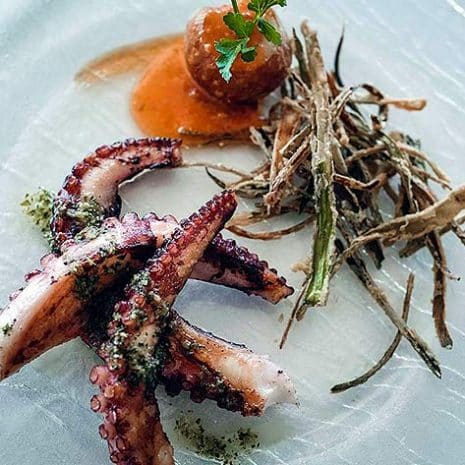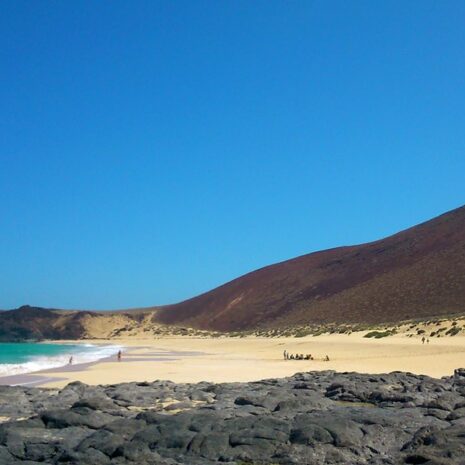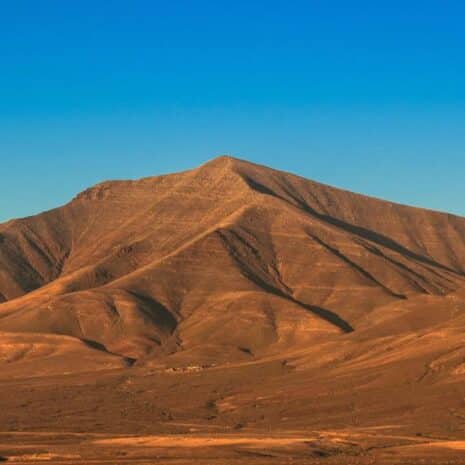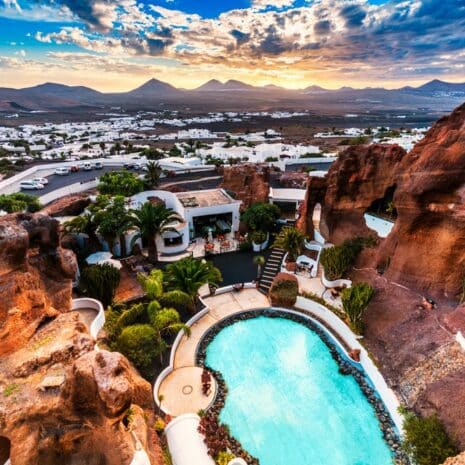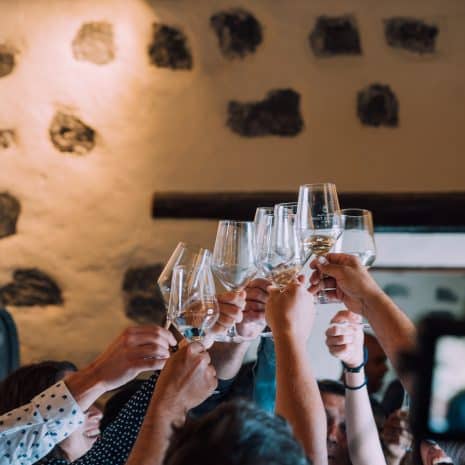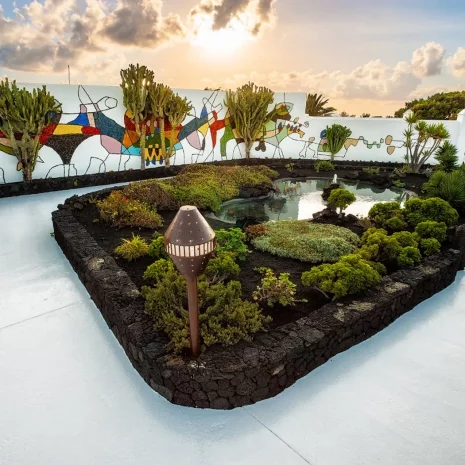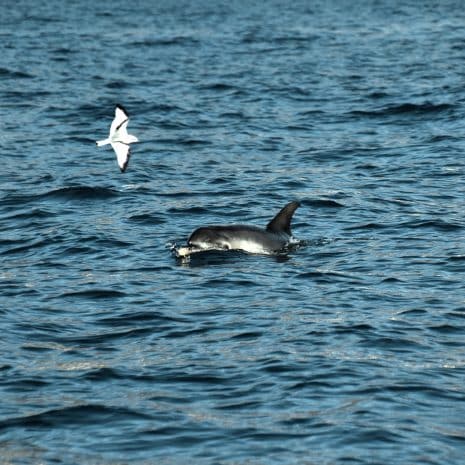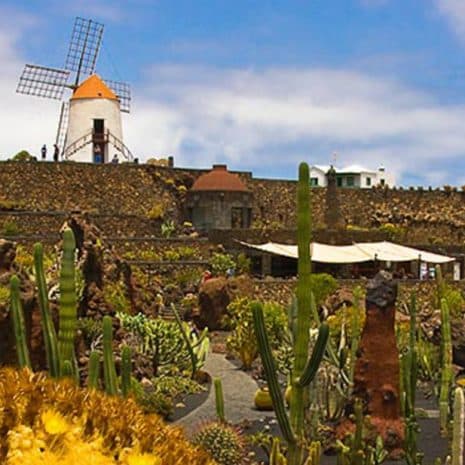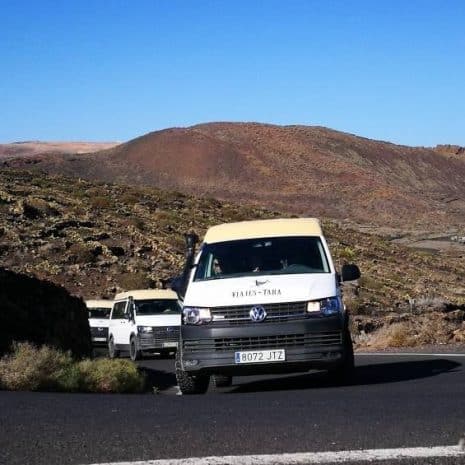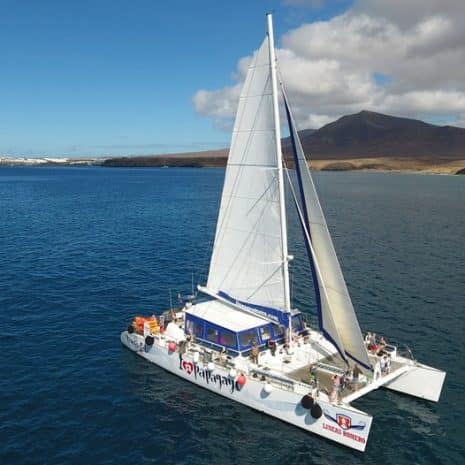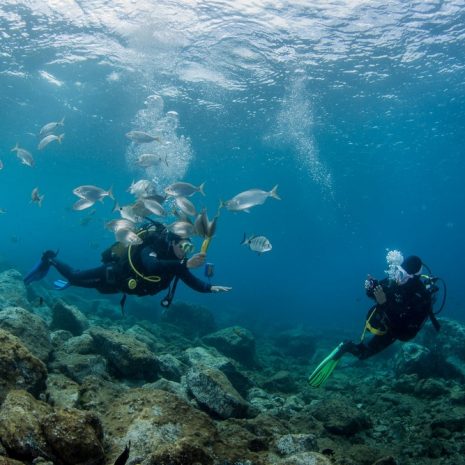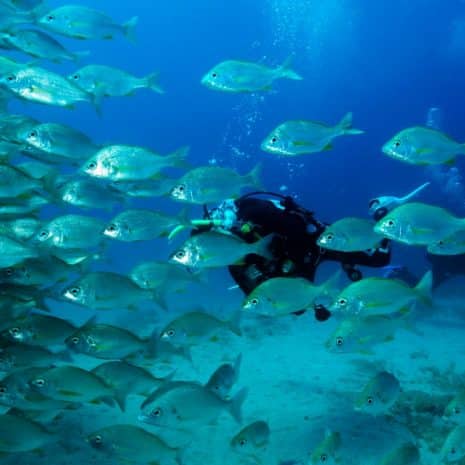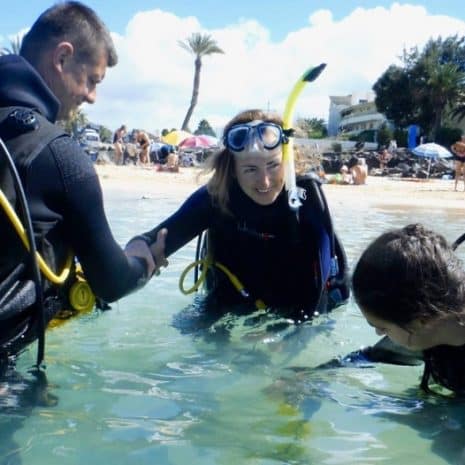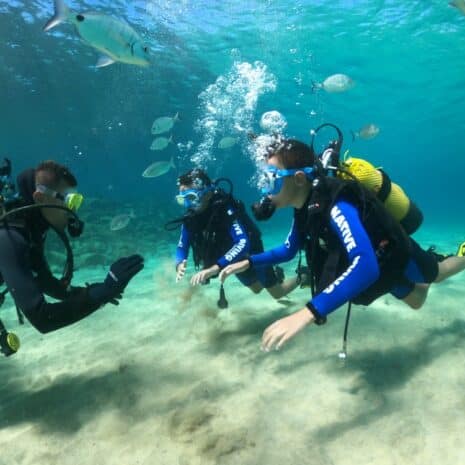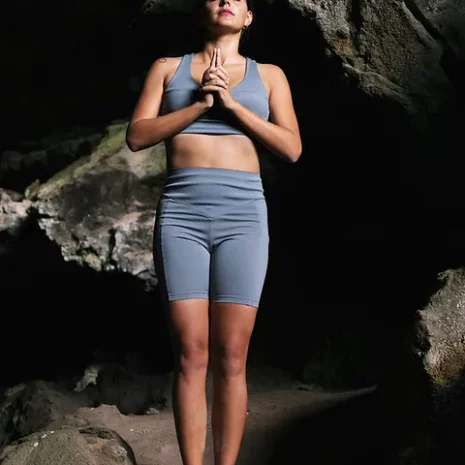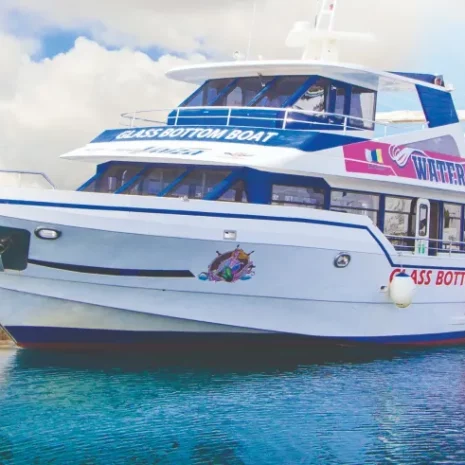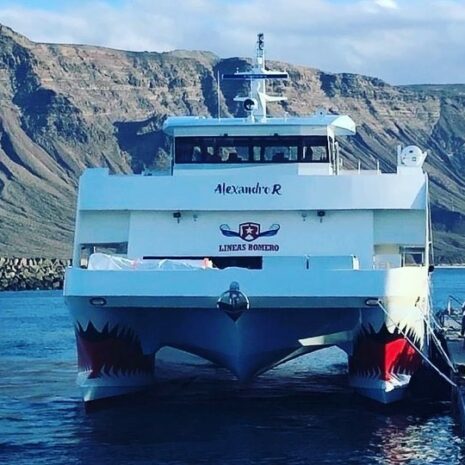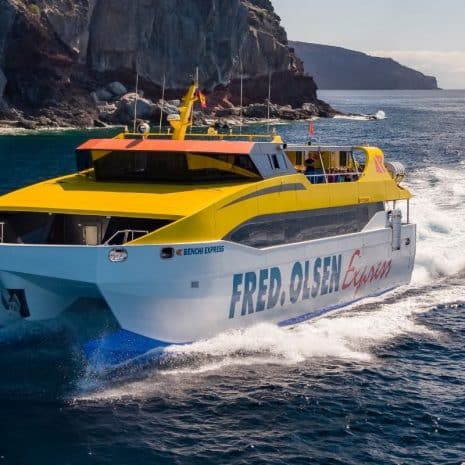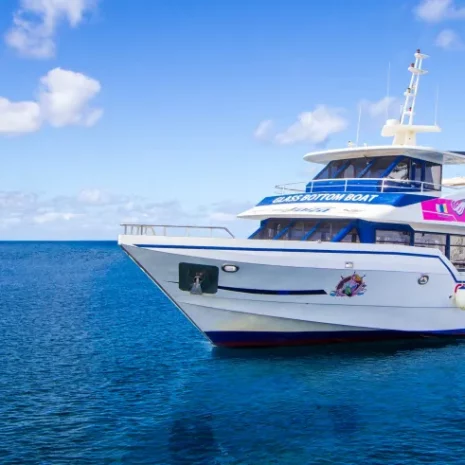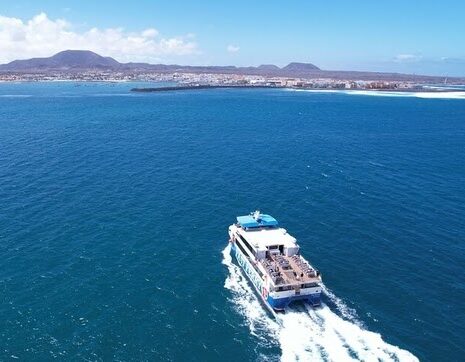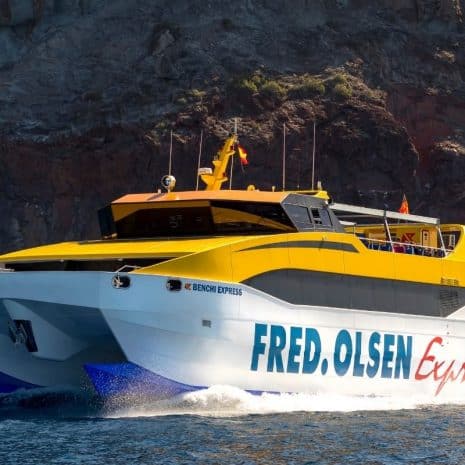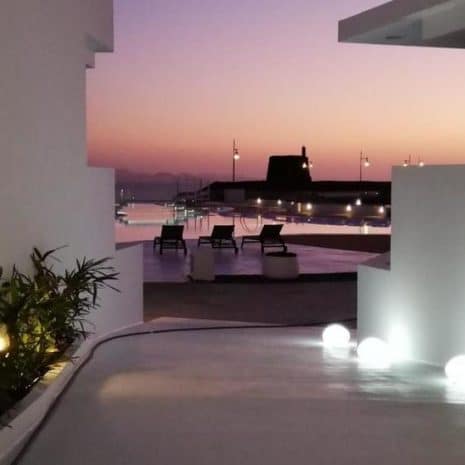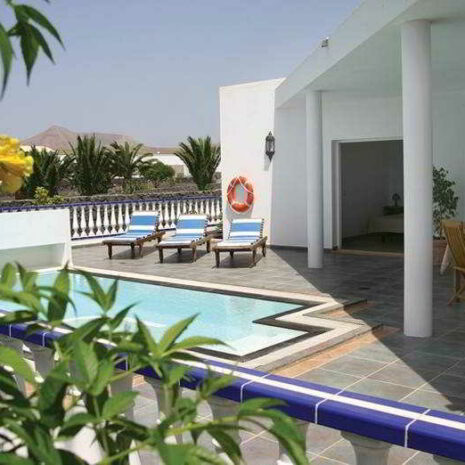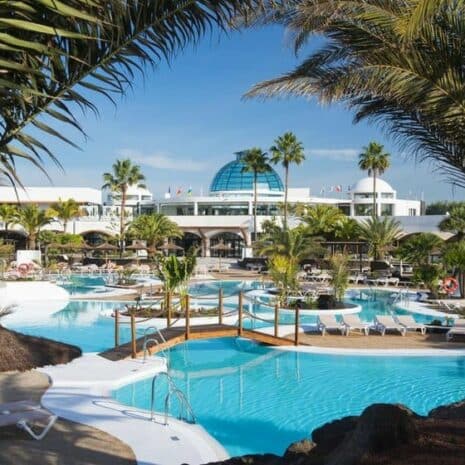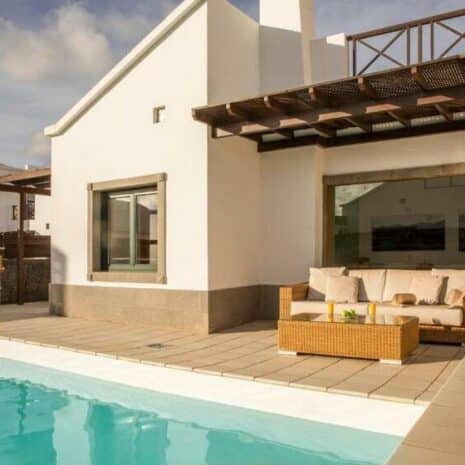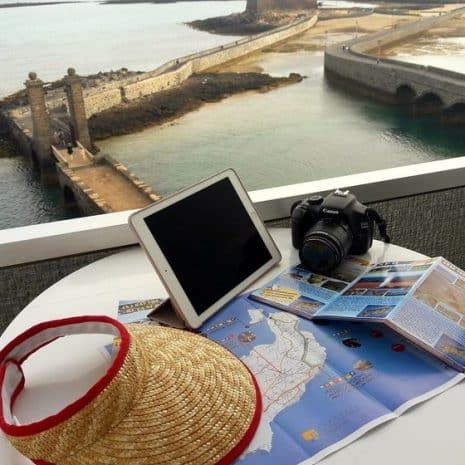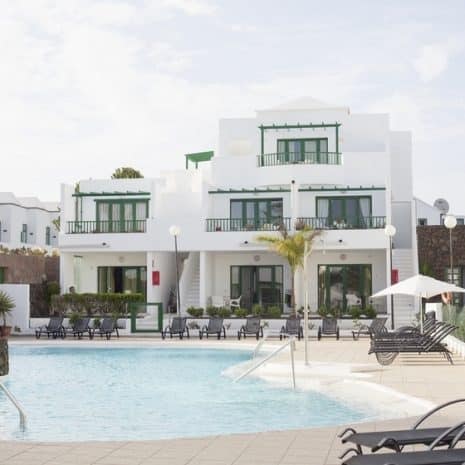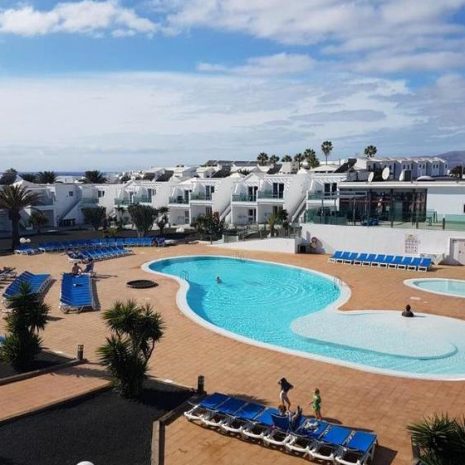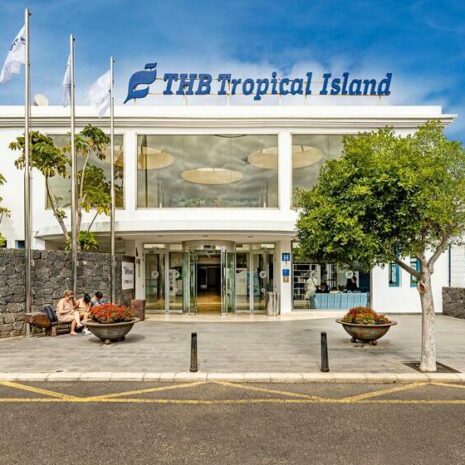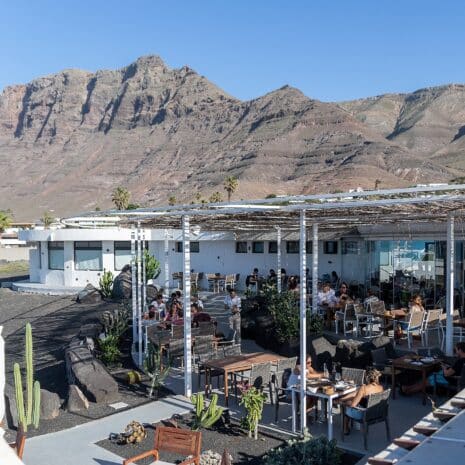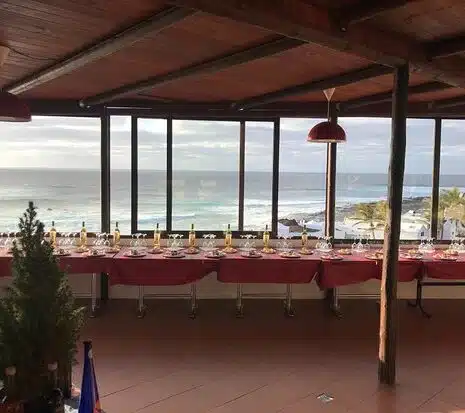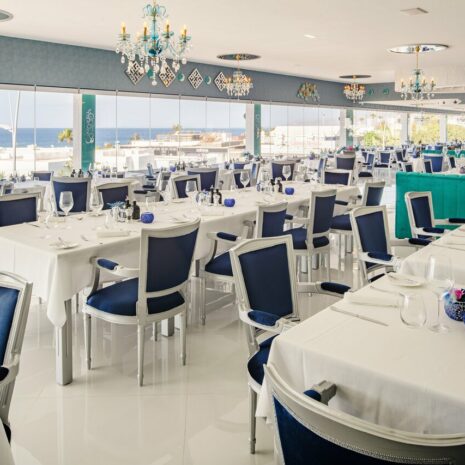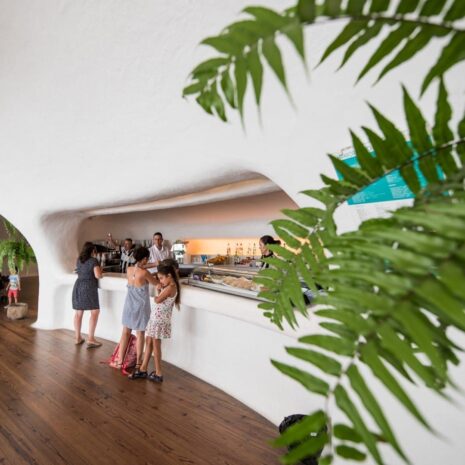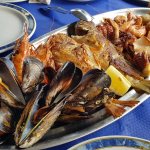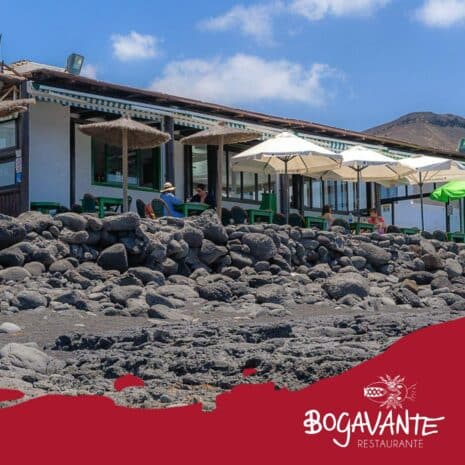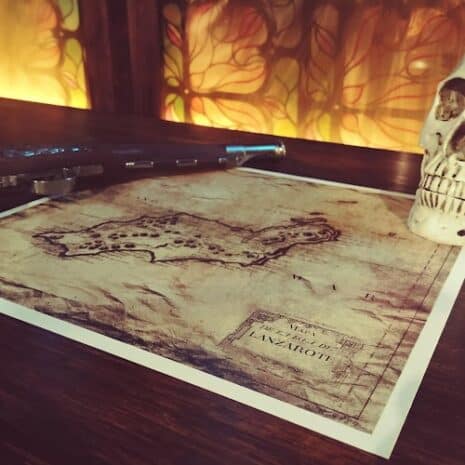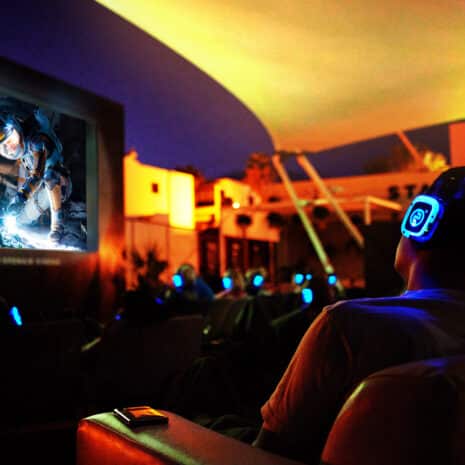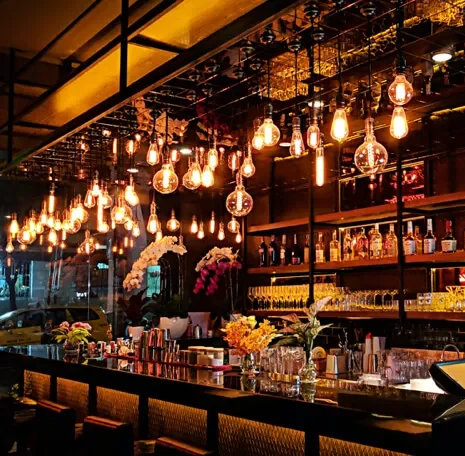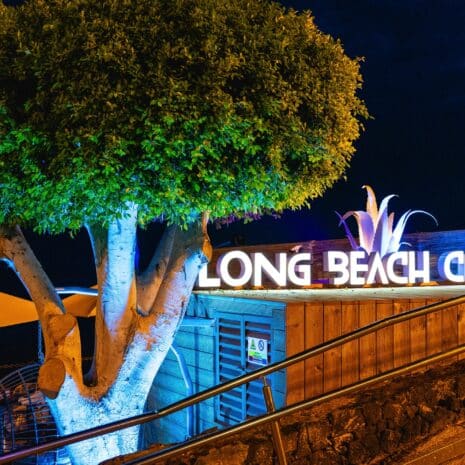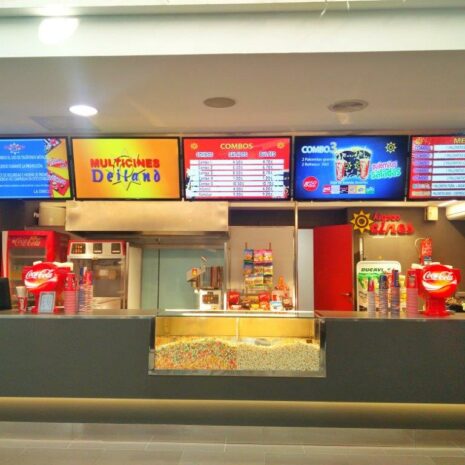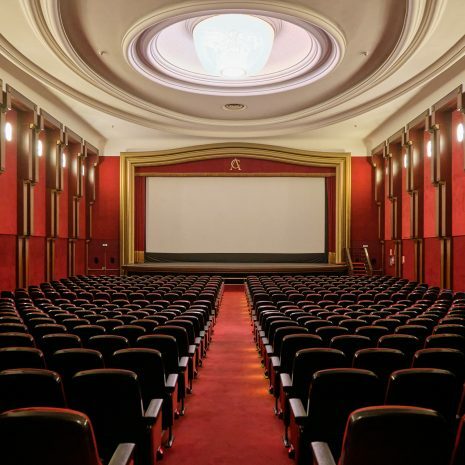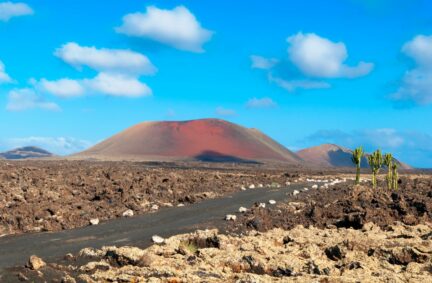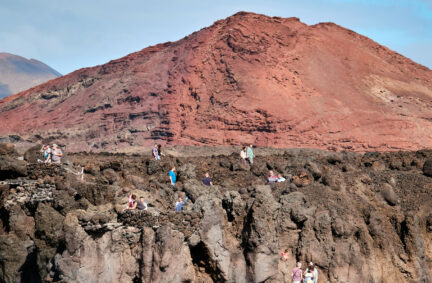From 28€
AvailabilityTiagua is a farming village belonging to the municipality of Teguise, Lanzarote. This small settlement with just over 300 inhabitants was one of the island’s most significant agricultural hubs at the start of the 20th Century, which is why it is home to one of the island’s most interesting and touristic museums, the El Patio Agricultural Museum.
Where is Tiagua?
Tiagua is in the middle of the island of Lanzarote, around five kilometres from the Monumento del Campesino, in the geographic centre of the island.
This charming setting is surrounded by volcanos, among them, the Montaña de Clérigo Duarte volcano.
What to see in Tiagua?
Places of interest in the town
Tiagua is a small town without many buildings, but with a lot of charm. Its traditional whitewashed houses and its quaint streets are well worth a visit. We recommend you visit the Nuestra Sra. del Socorro church, on the way into the town as well as the famous El Patio museum, of course.
El Patio Agricultural Museum
This is a must-see full of history, in fact, it is considered to be one of the best ethnographic museums in the Canary Islands.
Its history:
El Patio is located on a farm that dates back to 1790, although it was not until 1845 when it was given the name Villa Agrícola El Patio. This farm was like a little village (“villae”, in Roman) which hand windmills, bread ovens, bodegas, stables, fields, a farmhouse, a chapel, and houses for the people in charge and workers. Here they worked the land and fertile soil which was a product of the volcanic eruptions of 1824. La Villa El Patio turned into the island’s largest farming area and continued to produce crops until 1949.
In 1975, the Barreto family bought the farm. Dr. Barreto Feo took on the project of restoring the buildings and preserving items which represented the island’s rural way of life up until 1996, when his sons, José María and German, first opened the museum to the public.
The museum:
Today you can visit this ethnographic museum located in the old farmhouse, and you can see photographs and recovered tools and items, which will tell you more about the culture and the complexities of living in that era. Particularly impressive is how well maintained the press to make gofio (traditional Canary Island flour) is. The bodega, bakery, and chapel are also in amazing conditions. You can visit different areas of the site such as the farm workers’ old sleeping quarters, with huge bunks, and the large courtyard, which connects each part of the museum, as well as its beautiful gardens.
At the end of the tour, the El Patio Agricultural Museum offers visitors the chance to try some local delicacies washed down with some Malvasia wine.
Enjoy in Tiagua
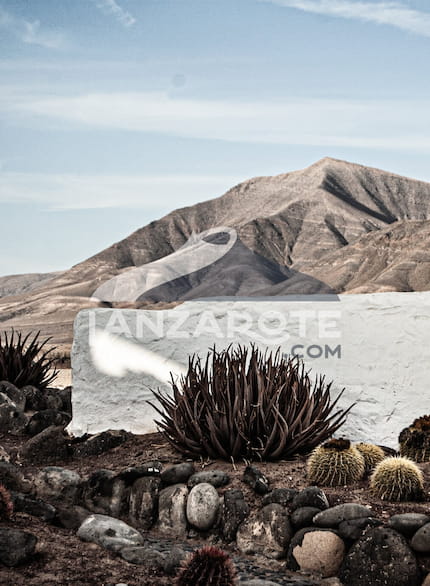
The best food in Tiagua
If you want to enjoy some of the local cuisine, we recommend eating at the El Tenique restaurant, one of the best in Tiagua and this part of the island.
we recommend ...
Shopping in Tiagua
For shopping, the best thing to do would be to head to San Bartolome or Arrecife. Tiagua is very small, with barely any shops.

Climate in Tiagua
Tiagua has a very dry climate. It rains very little in the summer with very pleasant temperatures, in August the average high is 23°C. In the winter it is a little cooler with more rainfall. The average temperature is 18°C in February (the coldest month).
If you get the chance, we recommend visiting Tiagua between May and December when the climate is at its best.
Local fests in Tiagua
In September each year, Tiagua celebrates its fests in honour of Señora del Perpetuo Socorro. These fests are a firm favourite among the village’s residents with competitions, sporting events, and concerts. The fests end with a mass and a procession of the Virgin of Perpetuo Socorro.
How to get to Tigua

YOU MIGHT BE INTERESTED ...
LAST POSTS
ALL
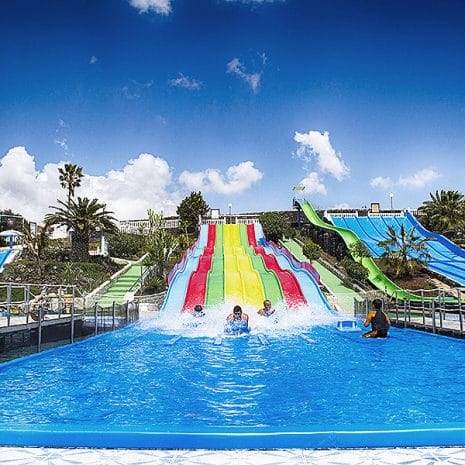
 Experiences
Experiences 


